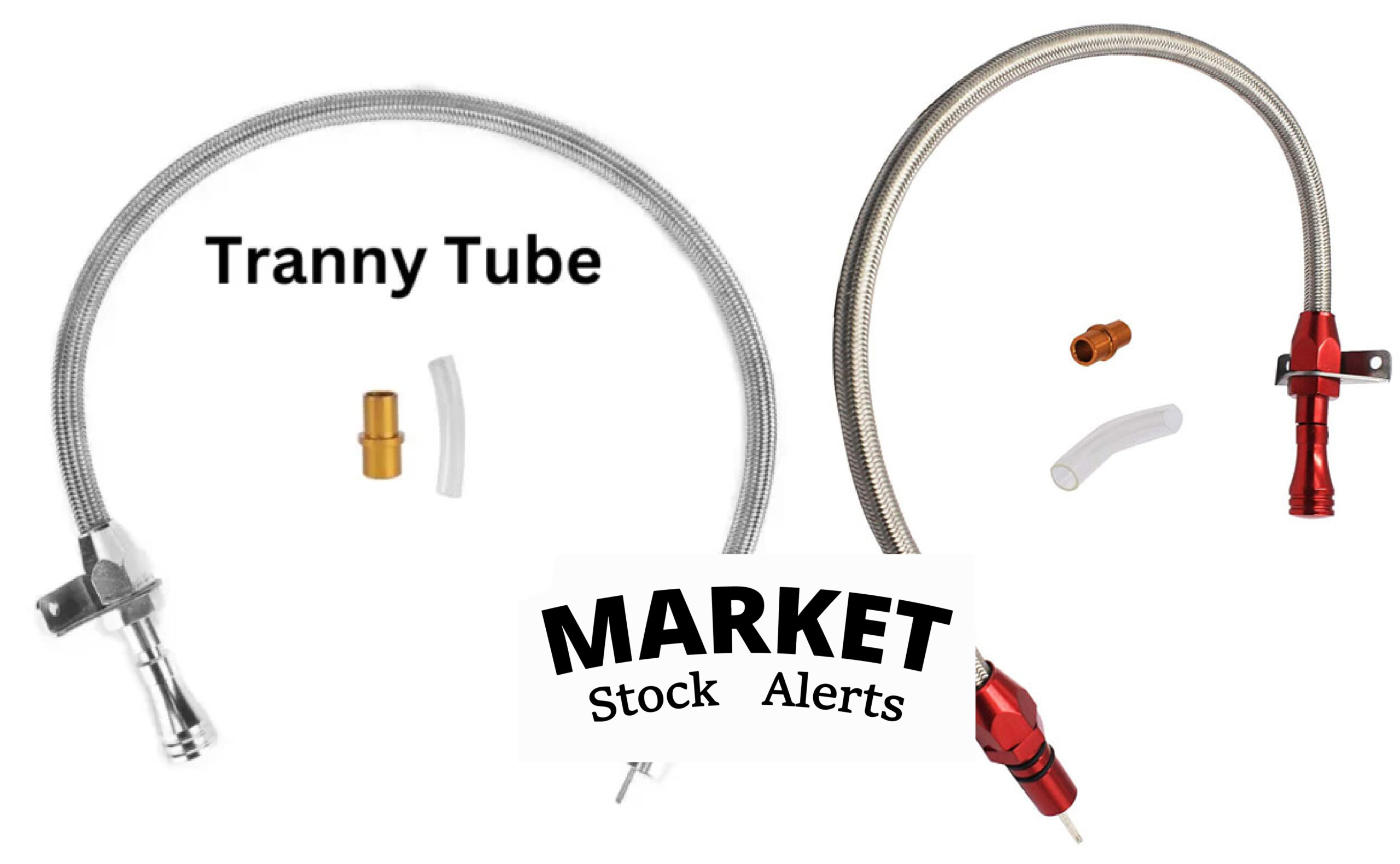When most people talk about cars, they often mention horsepower, shiny rims, or fancy infotainment systems. Rarely do we hear someone brag about their tranny tube. Yet, anyone who has ever spent a weekend fixing a car in their garage knows this tiny piece of metal can make or break your driving experience.
I recall the first time I experienced a leaky gearbox on my ancient Honda Civic. The gears were slipping, the smell of burnt fluid was all around, and I was confused. After a lot of head-scratching, the mechanic pointed to a slightly cracked tranny tube. That day I learned a valuable lesson: sometimes the smallest parts are the most important.
What Exactly Is a Tranny Tube?
In simple language, the tranny tube is a passage or channel that helps manage transmission fluid. Think of it like a straw inside your vehicle’s gearbox system. Just like you can’t sip your favorite drink without a straw, your car can’t smoothly shift gears without this tube helping transmission fluid move where it should.
- It allows you to check or add transmission fluid easily.
- It prevents dirt and debris from sneaking inside the gearbox.
- It helps keep pressure balanced inside the transmission.
So while it looks like “just a tube,” in reality it’s like a lifeline for your gearbox.
Why Should You Care About It?
Let’s be honest — most car owners don’t even know this part exists until something goes wrong. But ignoring the tranny tube can cost you a lot of money.
Here’s why it matters:
- Without proper fluid levels, your gearbox starts grinding.
- Heat builds up and damages gears.
- Leaks can reduce efficiency and performance.
- Long-term neglect can destroy the entire transmission.
In short, that little tube might be the difference between smooth highway cruising and a $2,000 repair bill.
Types of Tranny Tubes You’ll Find
Not every car uses the same design. Depending on your ride, you may come across:
Dipstick Tube
The classic one. You pull out the dipstick, check fluid level, wipe, and insert again. This is the most common type found in everyday sedans and SUVs.
Breather Tube
Mostly used in trucks and heavy-duty vehicles. This tube keeps the pressure inside the transmission balanced, especially during long hauls.
Cooling Line Tube
Used in performance cars. It works with the transmission cooler to make sure the fluid doesn’t overheat when you push the engine hard.
Spotting Trouble: When a Tranny Tube Goes Bad
Here are the signs that made me suspicious with my Civic — and they’ll help you too:
- Fluid stains on your driveway: A clear red or brown puddle under the car.
- Burning smell: Transmission fluid overheats when levels drop.
- Sluggish gear changes: If gears slip or hesitate, check the fluid and tube.
- Warning lights: Modern cars immediately sense transmission trouble.
A cracked tube or worn-out seal can be behind these problems.
Quick Maintenance Tips
You don’t need to be a certified mechanic to keep your tranny tube healthy. Here’s what I recommend:
- Check fluid monthly – Keep an eye on level and color. Clean red is good; dark or burnt smell is bad.
- Inspect seals and O-rings – Replace them if they look brittle.
- Don’t overfill fluid – More is not better; it can cause pressure problems.
- Get annual servicing – Let a pro take a closer look once in a while.
Keep Learning: Ivan Cornejo Height: A Rising Star’s Real Presence
A five-minute check once a month can save you from headaches later.
DIY vs Mechanic: Should You Replace It Yourself?
If you enjoy tinkering with cars and have some basic tools, you can replace a tranny tube at home. It usually involves:
- Removing the dipstick,
- Loosening a few bolts,
- Swapping the tube,
- Sealing it properly.
However, if your car is new or has a complex transmission, I’d say don’t take risks. A mechanic can do it quickly and check other hidden issues along the way.
How Much Does It Cost?
Nobody likes surprise expenses. Luckily, tranny tubes are not expensive.
- DIY replacement: $20–$50 for parts
- Mechanic replacement: $120–$250 including labor
Compare that to replacing a whole transmission ($1,500–$3,000), and suddenly the tranny tube feels like the cheapest insurance policy ever.
The Future of Tranny Tubes
With electric vehicles (EVs) taking over, many people think traditional transmission systems will disappear. It’s partly true — EVs don’t use gearboxes in the same way. But millions of cars with combustion engines are still on the road, and they’ll need tranny tubes for decades.


